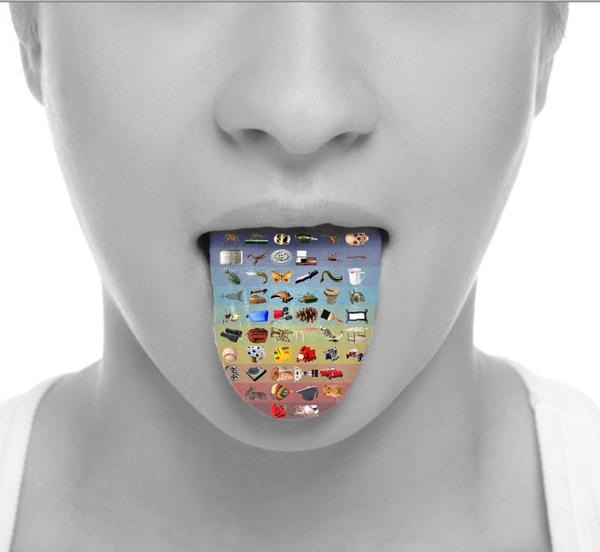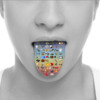Credit: Image courtesy of Cornell University
Although feelings are personal and subjective, the human brain turns them into a standard code that objectively represents emotions across different senses, situations and even people, reports a new study by Cornell University neuroscientist Adam Anderson.
“We discovered that fine-grained patterns of neural activity within the orbitofrontal cortex, an area of the brain associated with emotional processing, act as a neural code which captures an individual’s subjective feeling,” says Anderson, associate professor of human development in Cornell’s College of Human Ecology and senior author of the study. “Population coding of affect across stimuli, modalities and individuals,” published online in Nature Neuroscience.
Their findings provide insight into how the brain represents our innermost feelings – what Anderson calls the last frontier of neuroscience – and upend the long-held view that emotion is represented in the brain simply by activation in specialized regions for positive or negative feelings, he says.
“If you and I derive similar pleasure from sipping a fine wine or watching the sun set, our results suggest it is because we share similar fine-grained patterns of activity in the orbitofrontal cortex,” Anderson says.
“It appears that the human brain generates a special code for the entire valence spectrum of pleasant-to-unpleasant, good-to-bad feelings, which can be read like a ‘neural valence meter’ in which the leaning of a population of neurons in one direction equals positive feeling and the leaning in the other direction equals negative feeling,” Anderson explains.
http://www.sciencedaily.com/releases/2014/07/140709135836.htm
Abstract available at Nature Neuroscience: Population coding of affect across stimuli, modalities and individuals




Comments (0)